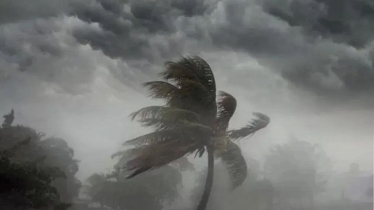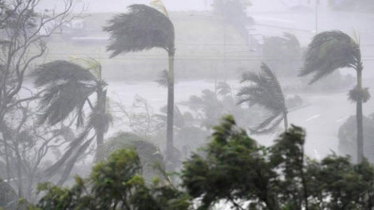
Hurricane Priscilla, which formed in early October 2025, has become the fourth major hurricane of this Pacific season. The storm intensified rapidly, evolving from a tropical depression to hurricane status within just 48 hours. It is now moving across a region of high ecological value along Mexico’s western coastline, which includes mangrove forests, coastal wetlands, and rich marine biodiversity protected under both national and international conservation frameworks.
A Copernicus Sentinel-3 satellite image, acquired on 6 October 2025, shows Hurricane Priscilla approaching the Pacific shoreline between the states of Jalisco, Colima, and Michoacán. The image highlights the hurricane’s spiralling cloud formation, with green areas representing the dense coastal vegetation.
Copernicus satellite data plays a crucial role in monitoring tropical storms in near real-time. These observations enhance early warning systems, support the protection of fragile ecosystems, and enable communities to prepare more effectively for extreme weather events.
Authorities are closely monitoring the storm’s trajectory and potential impacts on both human populations and the environment. The rapid intensification of Hurricane Priscilla underscores the growing need for advanced satellite monitoring and emergency preparedness along vulnerable coastal regions.





